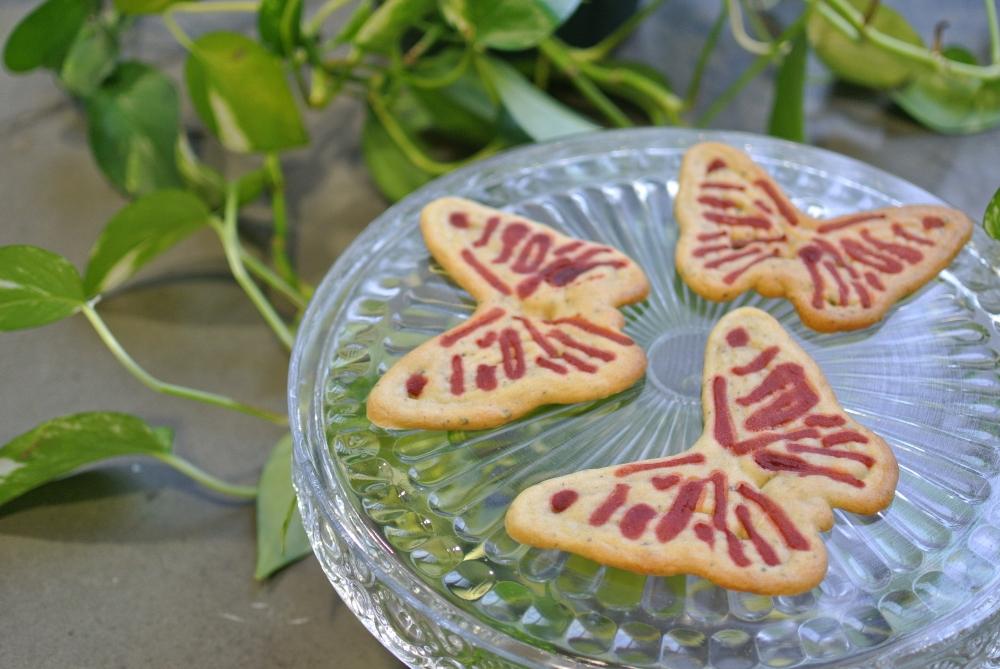3D printing disrupted the way people build things ranging from wheelchair ramps to homes. So, it’s not surprising that investigations are underway to see if the technology could help meet future food needs.
3D Printing Could Change How Restaurants Operate
Some of the parties involved in 3D printing for food work to see which of the available methods work best for particular needs. For example, published findings indicated that extrusion-based 3D printing offers advantages including low-priced entry-level printers and the variety of raw materials available. Knowing which printing methods are most applicable to food could help this production method gain momentum.
One of the primary reasons for the increased interest in 3D printing for food is that it could help restaurants operate more efficiently with better quality control. A company called Natural Machines offers a 3D printer called a Foodini.
Stainless steel capsules contain the ingredients and users navigate through choices on a touch screen panel to prepare the food. If this option gains widespread appeal, foodservice businesses could find it’s easier to meet fluctuations in demand. Also, researchers are working to improve design parameters for 3D-printed food. Then, the cuisine could look especially appealing to foodies due to greater diversity in the materials used and the artistic nature of the outcome.
3D Printed Sweet Things
Most people have likely marveled over the incredibly intricate cakes often featured at weddings and other special events. Eventually, there may be yet another conversation-starting element about those creations — like if people use a 3D printer to make them. Dinara Kasko is one of the pioneering cake makers taking that approach so far.
If everything goes as planned when printing her designs, the process takes up to four days. So, doing things this way is not necessarily more efficient than making luxury cakes in the traditional way. But, the results are nothing short of awe-inducing.
The people who try their hands at printing sweet stuff also have special considerations to keep in mind, especially when using chocolate. That’s because, compared to plastic materials, chocolate has very different melting points. That reality could mean that chocolate could get too warm and go out of shape as other parts of a treat get formulated.
But, there’s no doubt that many people love sweet foods. Once people using 3D printers perfect their methods, the individuals who want to indulge could do so in a new way that could eventually become more efficient and give remarkably consistent results.
Options for More Sustainable Foods
A stroll through today’s grocery store aisles shows that people have plentiful choices if they want to buy products that help them live more sustainable lifestyles. And, research shows that globally, 66% of people are willing to pay more for products made by sustainable companies. 3D-printed foods could be the answer to better sustainability in many cases.
For example, the Foodini machine mentioned earlier stores the ingredients for meals in capsules. A method like that should cut down on food waste because people wouldn’t have to buy large quantities of the necessary ingredients that may ultimately go to waste.
And, speaking of waste, a pair of Dutch university students invented a way to make new 3D-printed cuisine from food waste. They started with bread, since it’s the number-one discarded food in the Netherlands. But, they eventually expanded out to other things, including discarded fruits and vegetables. So far, they’ve just made snacks, but the results already achieved encourage people to think differently about food waste.
People have figured out how to make plant-based meats with 3D printers, too. Environmental experts already warn that eating is not sustainable and that members of society should try to drastically cut down their consumption or be open to following a vegetarian or vegan diet. That’s a move that some people are not willing to make yet. Thanks to 3D-printed, plant-based meats, people may not have to choose between eating meat and saving the planet.
A Key to Solving the Hunger Crisis?
People have also pointed out that 3D printing could alleviate the food scarcity problem. The population is growing, and researchers are diligently seeking solutions that can feed everyone with nutritious sustenance. Some analysts believe that 3D-printed consumables could address the fact that not enough people have access to the food they need to stay healthy.
It’s more of a thought-provoking concept than a surefire answer for now. But, people know that getting to the bottom of the crisis requires creative thinking. 3D printing could be one aspect of many that combine to broaden the overall access to food.
Fascinating Possibilities
This overview gives a glimpse of how 3D printing could bring about substantial shifts in the culinary industry. We’ll have to stay abreast of news to see how things progress.
Subscribe to Our Email Newsletter
Stay up-to-date on all the latest news from the 3D printing industry and receive information and offers from third party vendors.
You May Also Like
3D Printing Financials: Steakholder Foods Balances Losses and 3D Printed Tech Advances in 2023
A pioneer in the field of 3D printed meat and fish, Steakholder Foods (Nasdaq: STKH) disclosed its 2023 financial results, a year highlighted by technological progress but overshadowed by financial...
3D Printing Financials: Protolabs’ Q1 3D Printing Revenue is Flat, Company Advances in Technology Push
Protolabs (NYSE: PRLB) has kicked off 2024 with a mild boost in revenue, revealing how the Minnesota-based company manages to adapt and thrive even in uncertain market conditions. While the...
Supply Chain Management and the Role of 3D Printing Digital Inventories
As the additive manufacturing (AM) industry grows beyond its humble roots as a rapid prototyping technology, it has been adopted by some of the world’s leading companies to produce not...
3D Printing Financials: Materialise’s Profitability Amid Revenue Dip in Q1 2024
Materialise (Nasdaq: MTLS) has released its first-quarter earnings for 2024, highlighting a challenging quarter with some key advances despite a dip in revenue. While navigating a mixed performance across its...


































